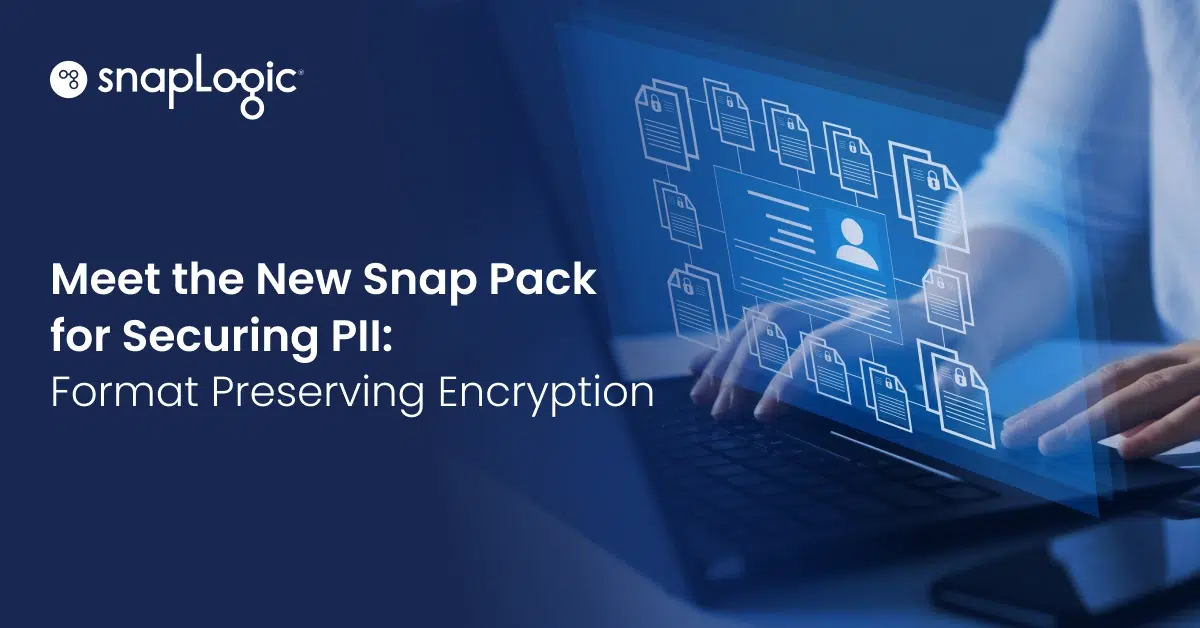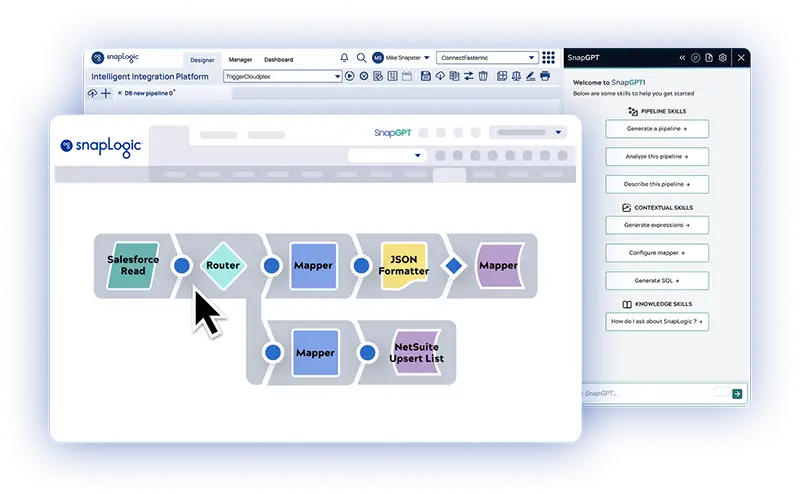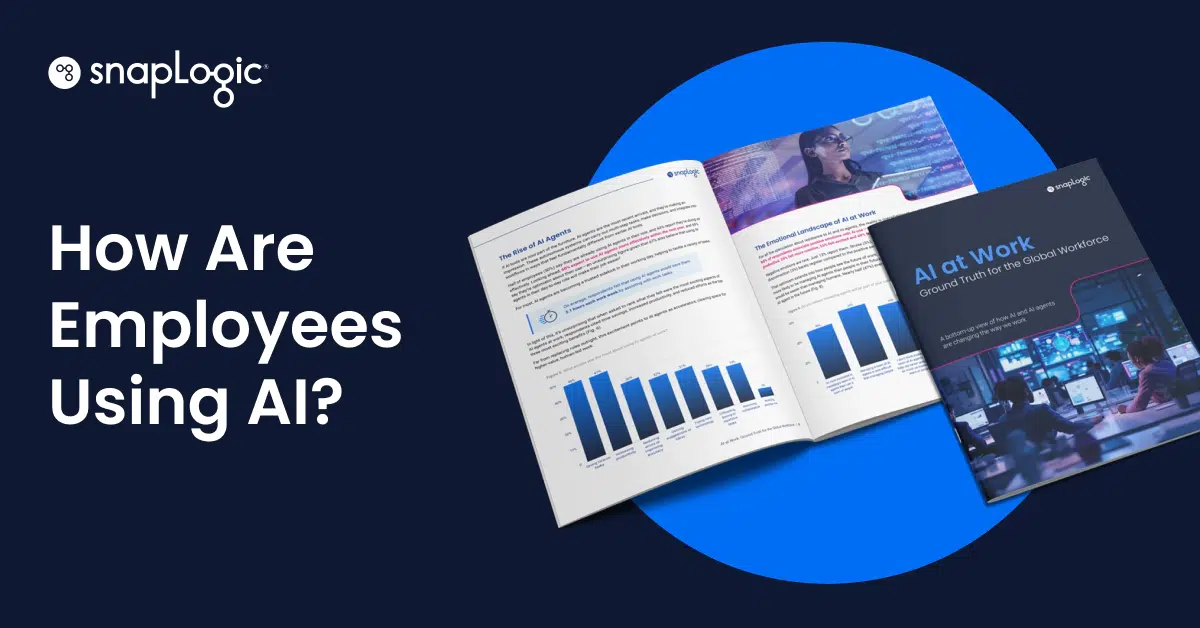Persönlich identifizierbare Informationen (PII) sind alle Daten, die entweder direkt oder indirekt zur Identifizierung einer Person verwendet werden können. PII gelten als sensible Daten und sind oft ein Ziel für Identitätsdiebstahl und andere bösartige Aktivitäten. Organisationen, die personenbezogene Daten sammeln, speichern und verarbeiten, sind dafür verantwortlich, diese zu schützen und ihre Sammlung nach Möglichkeit einzuschränken.
Format Preserving Encryption (FPE) ist ein Verschlüsselungsalgorithmus, der das Format des ursprünglichen Datensatzes beibehält, ihn aber durch Token ersetzt, die keine inhärente Bedeutung oder Wert haben. Mit formatbewahrender Verschlüsselung können Sie sensible Daten wie Sozialversicherungsnummern und Kreditkartennummern "tokenisieren", um sie unter Wahrung des Datenschutzes und der Einhaltung von Vorschriften zu bewegen und zu speichern.
In diesem Beitrag erfahren Sie, was formatbewahrende Verschlüsselung ist, warum sie für die Sicherung von PII in formatsensitiven Systemen entscheidend ist und wie SnapLogics neues FPE Snap die nahtlose Integration von verschlüsselten PII in bestehende Systeme ermöglicht.
Beispiele aus der Praxis: wie FPE in der Praxis funktioniert
Nehmen wir das Beispiel der Verschlüsselung von PII-Daten wie einer Sozialversicherungsnummer. Bei herkömmlicher Verschlüsselung wäre der resultierende Chiffriertext wahrscheinlich eine scheinbar zufällige Folge alphanumerischer Zeichen, die keine Ähnlichkeit mit dem ursprünglichen neunstelligen Zahlenformat hat. Diese Diskrepanz kann Anwendungen, die nur für gültige Formate von Sozialversicherungsnummern ausgelegt sind, vor erhebliche Herausforderungen stellen und möglicherweise umfangreiche Änderungen oder Umgehungen erfordern. Im Gegensatz dazu würde die Anwendung von FPE auf dieselbe Sozialversicherungsnummer eine andere neunstellige Nummer ergeben, die vollständig verschlüsselt und sicher ist, aber mit Systemen, die dieses spezifische Format erwarten, vollkommen kompatibel ist.
Beispiel: Verschlüsselung einer Sozialversicherungsnummer (SSN) "055-46-6168" (Klartext-SSN) in "569-83-4469" (Chiffretext-SSN). FPE stellt sicher, dass der Chiffretext das gleiche Format (Länge, Anzahl der Bindestriche usw.) wie der ursprüngliche Klartext hat. Das bedeutet, dass der Chiffretext ebenfalls eine neunstellige Zahl mit Bindestrichen ist, wobei die Struktur der SSN erhalten bleibt.
Der Nutzen von FPE erstreckt sich auf verschiedene Bereiche. Bei Finanztransaktionen ermöglicht die Verschlüsselung von Kreditkartennummern unter Beibehaltung ihrer 16-stelligen Struktur eine nahtlose Integration in bestehende Zahlungsverarbeitungssysteme, ohne dass grundlegende Änderungen an Validierungsroutinen oder Datenbankschemata erforderlich sind. Auch im Gesundheitswesen können Patientenidentifikationsnummern oder Versicherungscodes mit FPE verschlüsselt werden, um die Vertraulichkeit der Daten zu gewährleisten und gleichzeitig das erforderliche Format für die Interoperabilität zwischen verschiedenen Anbietern und Systemen im Gesundheitswesen beizubehalten. Die Einhaltung gesetzlicher Vorschriften schreibt häufig bestimmte Datenformate für die Berichterstattung vor. Mit FPE können Unternehmen diese Anforderungen erfüllen, indem sie sensible Daten verschlüsseln, ohne ihre Struktur zu verändern. Dies vereinfacht die Einhaltung der Vorschriften und verringert das Risiko von Strafen bei Nichteinhaltung.
Darüber hinaus kann FPE zur Anonymisierung oder Pseudonymisierung von Daten für Forschungs- oder Analysezwecke eingesetzt werden. Durch die Verschlüsselung von identifizierenden Informationen unter Beibehaltung ihres Formats können Unternehmen wertvolle Erkenntnisse aus Daten ableiten, ohne sensible Details preiszugeben. Dies ermöglicht eine effektivere gemeinsame Nutzung von Daten und eine bessere Zusammenarbeit bei gleichzeitiger Einhaltung der Datenschutzbestimmungen.
Die Implementierung von FPE erfordert komplexe mathematische Algorithmen und eine sorgfältige Abwägung der gewünschten Sicherheitsstärke und Leistungsmerkmale. Es gibt verschiedene FPE-Verfahren, von denen jedes seine eigenen Kompromisse in Bezug auf Sicherheit, Effizienz und Formatunterstützung aufweist. Die Auswahl des geeigneten FPE-Algorithmus hängt vom jeweiligen Anwendungsfall und der Sensibilität der zu schützenden Daten ab. Insgesamt bietet die format-erhaltende Verschlüsselung ein leistungsfähiges und vielseitiges Werkzeug für die Sicherung von Daten in Umgebungen mit Formatbeschränkungen, mit dem Unternehmen den Datenschutz verbessern können, ohne die betriebliche Effizienz oder die Systemkompatibilität zu beeinträchtigen.
Im Inneren des Snap: FPE leicht gemacht mit SnapLogic
Snaplogic Snaps sind modulare Sammlungen von Integrationskomponenten, die für einen bestimmten Zweck entwickelt wurden. SnapLogic bietet ein Java-basiertes Snap Software Development Kit (SDK), das zur Lösung dieses komplexen PII-Datenproblems verwendet wurde. Durch die Wiederverwendung bekannter Kryptographie-Bibliotheken wurde ein FPE-Snap entwickelt, um diesen Anwendungsfall zu lösen.
Das FPE Snap Pack verschlüsselt oder entschlüsselt eingehende Daten über separate Snaps; FPE Encrypt und FPE Decrypt. Die Daten werden mit dem FF1-Algorithmus verschlüsselt, einer Komponente der kryptografischen Bibliothek von Bouncy Castle. Der FF1-Algorithmus ist eine vom National Institute of Standards and Technology (NIST) genehmigte FPE-Technik. Weitere Informationen zu diesem Algorithmus finden Sie unter den folgenden Links:
- SP 800-38G, Empfehlung für Block Cipher Modes of Operation: Methoden für die Format-erhaltende Verschlüsselung | CSRC
- Empfehlung für Blockchiffre-Betriebsarten: Methoden für die Format-erhaltende Verschlüsselung
Mit dem FPE FF1-Algorithmus werden Daten so verschlüsselt, dass der Chiffretext die gleiche Länge und den gleichen Datentyp wie der ursprüngliche Klartext behält. Diese Eigenschaft hängt von dem für die Verschlüsselung verwendeten Alphabet ab. Vor der Verschlüsselung ermittelt der FF1-Algorithmus die absolut kleinste zulässige Länge des Eingangsstrings. Unterschreitet die Länge der eingehenden Daten dieses berechnete Minimum, so wird der Algorithmus die Zeichenkette auffüllen. Beim Auffüllen wird ein bestimmtes Zeichen an die Eingabezeichenfolge angehängt, bis diese die Mindestlänge erreicht hat.
Das zum Auffüllen verwendete Zeichen ist konfigurierbar. Wichtig ist, dass das gewählte Auffüllzeichen eines der Zeichen sein muss, die im definierten Alphabet für den Verschlüsselungsprozess enthalten sind. die resultierende aufgefüllte Zeichenkette wird dann vom FF1-Algorithmus aus der Bouncy Castle-Bibliothek verarbeitet, um die endgültige verschlüsselte Ausgabe zu erzeugen, die das Format der ursprünglichen, wenn auch möglicherweise aufgefüllten, Eingabe beibehält.
Alle gemeinsamen Verschlüsselungswerte sind über die FPE Snap Account Settings konfigurierbar. Parameter wie der Verschlüsselungsschlüssel, der Tweak-Wert, das Alphabet, das Auffüllzeichen und die Auffüllrichtung können konfiguriert werden.
Der FPE Encrypt Snap verschlüsselt eingehende Daten unter Verwendung der gemeinsamen Kontoeinstellungen. Die zu verschlüsselnden Datenfeldwerte werden durch Hinzufügen des Feldes und Auswahl des eingehenden Datentyps definiert, wie in der Abbildung unten dargestellt.
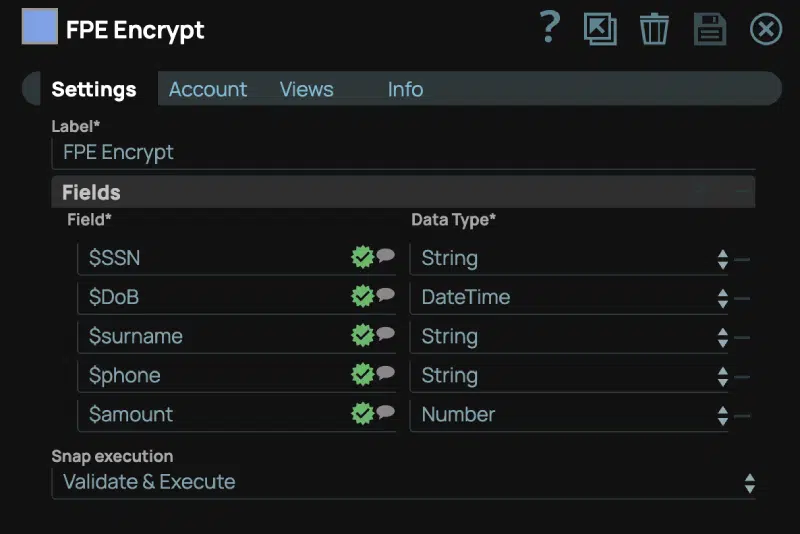
In ähnlicher Weise entschlüsselt der FPE-Entschlüsselungs-Snap die eingehenden Daten unter Verwendung der gemeinsamen Kontoeinstellungen.
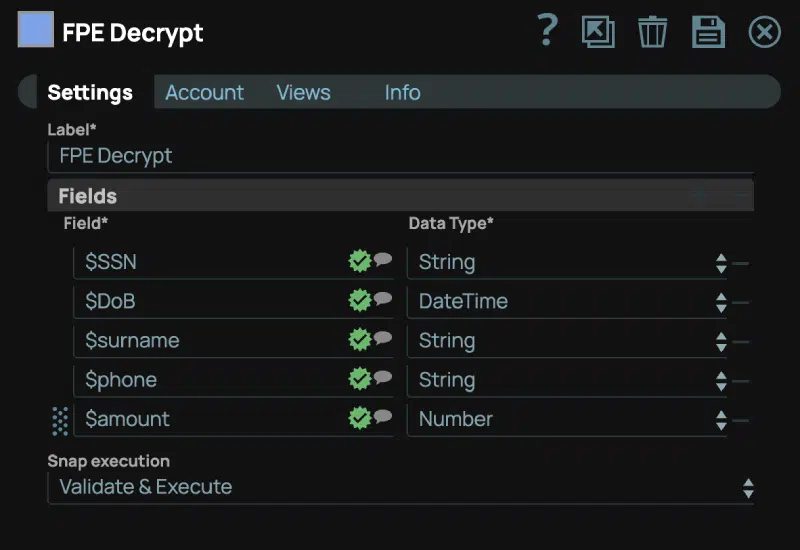
Warum die Erhaltung des Formats für den Datenschutz wichtig ist
Die formatbewahrende Verschlüsselung (Format Preserving Encryption, FPE) ist ein wichtiges Instrument zur Sicherung sensibler Daten bei gleichzeitiger Aufrechterhaltung ihrer Nutzbarkeit, insbesondere in Altsystemen und -anwendungen. Durch die Verschlüsselung von Daten unter Beibehaltung ihres ursprünglichen Formats ermöglicht FPE die Speicherung und Verarbeitung von Daten, ohne dass umfangreiche Änderungen an der bestehenden Infrastruktur erforderlich sind, was Kosten und Entwicklungszeit reduziert. FPE bietet auch ein höheres Maß an Sicherheit, da starke kryptografische Algorithmen verwendet werden und die Integrität der Daten gewährleistet ist. Sobald die Daten sicher verschlüsselt sind, können sie genutzt werden. Beispiele sind LLM-Schulungen, Datenanalyse usw.
Das SnapLogic FPE Snap Pack hilft dabei, die Komplexität eines FPE-Algorithmus zu reduzieren, indem es die zugrunde liegende Komplexität in einem wiederverwendbaren Snap Pack kapselt. Dieses Snap Pack kann in vielen verschiedenen Projekten innerhalb der Kundenlandschaft wiederverwendet werden. Darüber hinaus ist die visuelle Drag-and-Drop-Oberfläche von SnapLogic für die Erstellung von Datenintegrationen unglaublich benutzerfreundlich und intuitiv und hilft dabei, die vielen komplexen PII-Anwendungsfälle der Kunden zu lösen.
Erfahren Sie mehr über SnapLogic Snap Packs auf unserer Dokumentationsseite. Wenn Sie Fragen haben und tiefer in die Materie einsteigen möchten, nehmen Sie an der Diskussion in unserer Community teil. Die Integration Nation ist hier, um zu helfen!




